Payday – that day of the month when we have the chance to get closer to our money goals. But let’s be honest – how many of us actually look at our payslips? And when we do, can we understand what they’re telling us?
Let’s make checking your payslip the first thing you do at the end of the month. Why? Well it helps you track your monthly income and see if you’ve been paid the right amount. Mistakes sometimes do happen, so it’s good to check each month and make sure all your details are correct.
Payslip formats can vary slightly, but we’ll cover the most common items.
Your name: Your full name is mentioned on the payslip.
National Insurance (NI) number: This is your unique ID for National Insurance purposes.
Why is your NI number there?
- For verification – It helps confirm your contributions to the National Insurance system.
- For compliance – This makes sure the right amount of NI contributions are deducted based on your earnings.
- For record-keeping – It acts as a record of your NI contributions for benefits and your State Pension.
- For reporting – It allows accurate reporting to HMRC.
- Personal identification – It helps identify you uniquely for employment-related matters.
Employer’s name and address: This is the company you work for.
Pay period: The timeframe you’re being paid for, like the start and end dates (because working for free is volunteering!)
Payment date: AKA payday – everyone’s favourite day of the month.
Tax code: Your tax code determines the amount of income tax taken from your earnings.
Why is your tax code there?
- For tax calculations – It helps figure out the right amount of tax to deduct from your wages.
- To show your personal allowance – It takes into account the money you can earn tax-free. This is called your Personal Allowance.
- For transparency – You could use it as a record to work out how much you should be taxed.
- To follow the rules – It helps everyone stay in line with the tax rules and reporting requirements of HMRC.
Gross pay: This is the total you earned before any deductions are taken into account. This includes normal salary, hours worked, overtime and any bonuses you received in the pay period.
Statutory payments: This is a separate listing, generally in the Gross Pay section, if you’re eligible for payments like sick pay or maternity pay.
Salary Sacrifice deductions: This might sound slightly terrifying but really isn’t Because these deductions are taken out before you’re taxed, using salary sacrifice for workplace benefits like pensions, healthcare or money coaching (wink wink) means the salary on which you’re taxed is lowered. So you have less tax to pay – win!
These can be seen either in the Gross Pay or Deductions section of the payslip. These lower your overall earnings on which you need to pay tax. So you’ll pay less taxes!
Deductions:
A deduction is an amount subtracted from your gross pay. They’re made to cover various obligations and contributions to HMRC and other external organisations. Many common deductions include: income tax, National Insurance contributions, workplace pension contributions, student loan repayments, and other voluntary deductions like union fees or court-ordered payments.
Deductions can be mandatory or voluntary, depending on the nature of the deduction. They reduce the gross pay, resulting in a lower net pay, which is the amount you actually receive in your bank account.
What are the main types of deductions?
- Income tax: The tax taken from your earnings based on your tax code and income.
- National Insurance contributions: These are deductions for state benefits like the NHS, your State Pension and Maternity Allowance.
- Pension contributions: This is the amount taken if you’re in a workplace pension scheme.
- Student loan repayments: These are deductions that are taken if you have a student loan.
- Other deductions: These are any extra amounts taken, like union fees or court-ordered payments.
Net pay: This is the amount you receive after taxes and other deductions. More commonly known as your take-home pay.
Year-to-date (YTD) figures: This is the cumulative totals of your earnings, tax, and deductions for the current tax year. BTW, the tax year runs from the 6th of April to the 5th of April the following year.
Employer contributions: These are the contributions made by your employer, such as towards your pension.
Tax and National Insurance breakdown: This is a detailed breakdown of tax and NI contributions.
P60: This isn’t on your payslip, but you may get it at the end of the tax year. It summarises your earnings and deductions for the whole year and is often needed for tax purposes.

